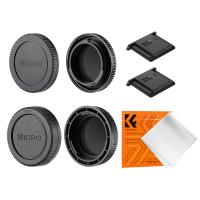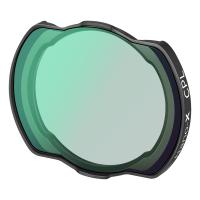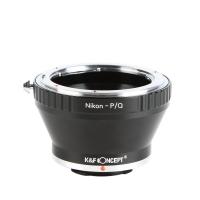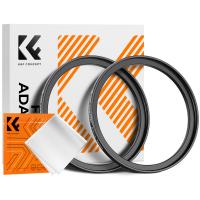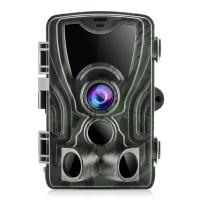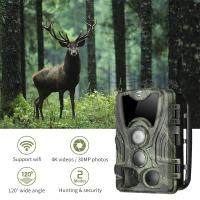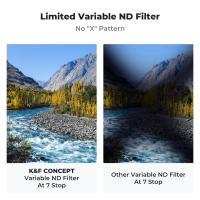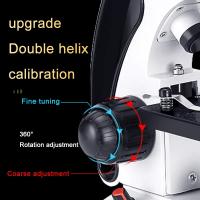When And How To Use Nd Filters ?
ND filters, or neutral density filters, are commonly used in photography and videography to control the amount of light entering the camera lens. They are particularly useful in situations where there is too much light, such as bright daylight or when shooting long exposures.
ND filters are typically used in landscape photography to achieve a longer exposure time, which can create a smooth and dreamy effect on moving water or clouds. They are also useful in portrait photography to achieve a shallow depth of field in bright lighting conditions.
To use an ND filter, simply attach it to the front of your camera lens. The filter will reduce the amount of light entering the lens, allowing you to use slower shutter speeds or wider apertures without overexposing the image. The strength of the ND filter determines the amount of light reduction, with higher numbers indicating greater light reduction.
It's important to note that using an ND filter will require longer exposure times, so a tripod or stable surface is often necessary to avoid camera shake. Additionally, it's recommended to use manual mode or aperture priority mode to have more control over the exposure settings.
1、 Definition and Types of ND Filters
ND filters, or Neutral Density filters, are essential tools for photographers and videographers to control the amount of light entering the camera lens. They are particularly useful in situations where the available light is too bright, such as when shooting in bright sunlight or capturing long-exposure shots.
ND filters work by evenly reducing the intensity of all wavelengths of light, without affecting the color or hue of the image. This allows photographers to achieve a balanced exposure and maintain the desired depth of field, even in bright conditions. They are especially useful when shooting landscapes, waterfalls, or any scene that requires a longer exposure time.
There are different types of ND filters available, ranging from those with a low density (1-3 stops) to those with a high density (10-15 stops). The choice of filter depends on the specific shooting conditions and the desired effect. For instance, a low-density ND filter may be suitable for reducing the intensity of light on a sunny day, while a high-density ND filter can be used to create dramatic long-exposure effects, such as capturing the movement of clouds or water.
To use an ND filter, simply attach it to the front of the camera lens. It is important to note that using an ND filter will require longer exposure times, so a tripod or stable surface is recommended to avoid camera shake. Additionally, it is advisable to use a remote shutter release or the camera's self-timer function to further minimize any movement during the exposure.
In summary, ND filters are valuable tools for photographers and videographers to control the amount of light entering the camera lens. They allow for creative control over exposure and can be used in various shooting conditions to achieve desired effects.
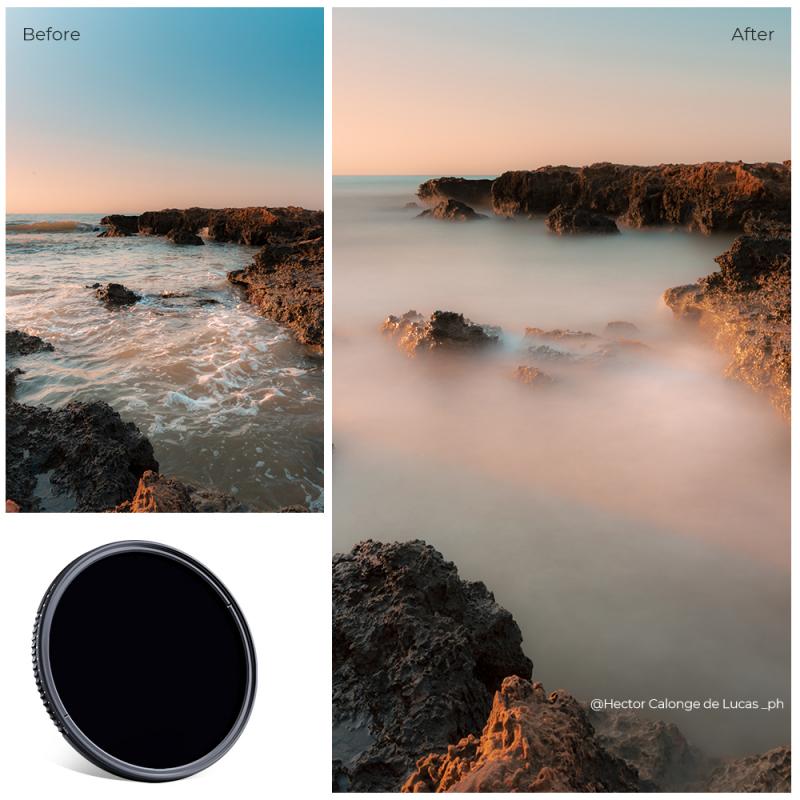
2、 Purpose and Benefits of Using ND Filters
ND filters, or Neutral Density filters, are essential tools for photographers and videographers looking to control the amount of light entering their camera lens. These filters are particularly useful in situations where the available light is too bright, causing overexposure or limiting creative options.
The primary purpose of ND filters is to reduce the amount of light that reaches the camera sensor without affecting the color or contrast of the image. This allows photographers to use wider apertures, slower shutter speeds, or both, even in bright conditions. By doing so, ND filters enable the creation of various artistic effects, such as motion blur in waterfalls or rivers, long-exposure shots in daylight, or shallow depth of field in bright environments.
ND filters are commonly used in landscape photography to capture scenes with smooth, flowing water or to emphasize cloud movement. They are also valuable in portrait photography, as they allow photographers to use wider apertures to achieve a shallow depth of field, even in bright sunlight. Additionally, ND filters are useful in architectural photography to capture long-exposure shots that eliminate moving people or vehicles from the frame.
The benefits of using ND filters are numerous. Firstly, they provide greater control over exposure, allowing photographers to achieve the desired effect without compromising image quality. Secondly, ND filters reduce the need for post-processing, as they enable photographers to capture the desired effect directly in-camera. This saves time and ensures a more natural-looking result. Lastly, ND filters can enhance creativity by expanding the range of possibilities in challenging lighting conditions.
In recent years, the popularity of ND filters has increased due to advancements in technology and the rise of social media platforms. Photographers and videographers are constantly pushing the boundaries of creativity, and ND filters provide them with the tools to do so. With the ability to capture unique and visually stunning images, ND filters have become an essential accessory for any photographer or videographer looking to elevate their work.
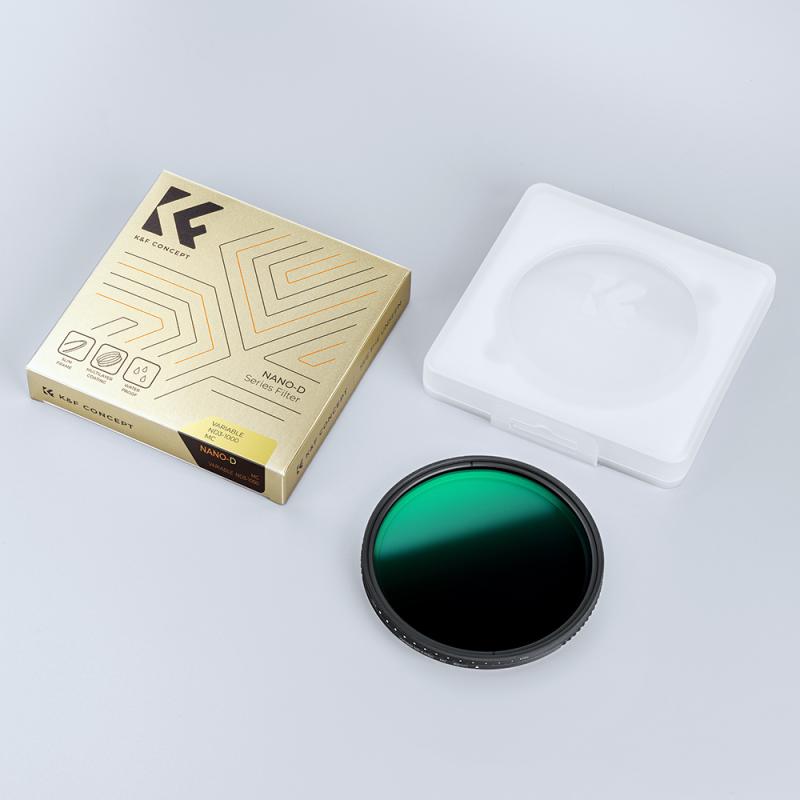
3、 Choosing the Right ND Filter Strength
ND filters, or neutral density filters, are essential tools for photographers and videographers looking to control the amount of light entering their camera lens. They are particularly useful in situations where the available light is too bright, causing overexposure or limiting creative options.
When and how to use ND filters depends on the specific situation and desired effect. Here are some key considerations:
1. Controlling exposure: ND filters are commonly used in bright outdoor environments, such as beach or snow scenes, where the natural light can be intense. By reducing the amount of light entering the lens, ND filters allow for longer exposures without overexposing the image.
2. Creating motion blur: ND filters are also useful for capturing motion blur in situations where a slower shutter speed is required. This technique is often used in landscape photography to create a sense of movement in flowing water or clouds.
3. Balancing exposure: In situations where there is a significant difference in brightness between the foreground and background, such as a backlit subject, ND filters can help balance the exposure. By reducing the amount of light entering the lens, the dynamic range of the scene can be better managed.
Choosing the right ND filter strength depends on the amount of light available and the desired effect. ND filters come in different strengths, typically measured in stops (e.g., ND2, ND4, ND8, etc.). The higher the number, the darker the filter and the more light it blocks. It is recommended to have a range of ND filters to accommodate different lighting conditions and creative needs.
In recent years, variable ND filters have gained popularity. These filters allow for adjustable light reduction by rotating the filter, providing greater flexibility in controlling exposure. However, it is important to note that variable ND filters can sometimes introduce color casts or image quality degradation, so it is crucial to invest in high-quality filters from reputable brands.
Ultimately, the decision of when and how to use ND filters depends on the photographer's creative vision and the specific shooting conditions. Experimentation and practice are key to mastering the use of ND filters and achieving desired results.
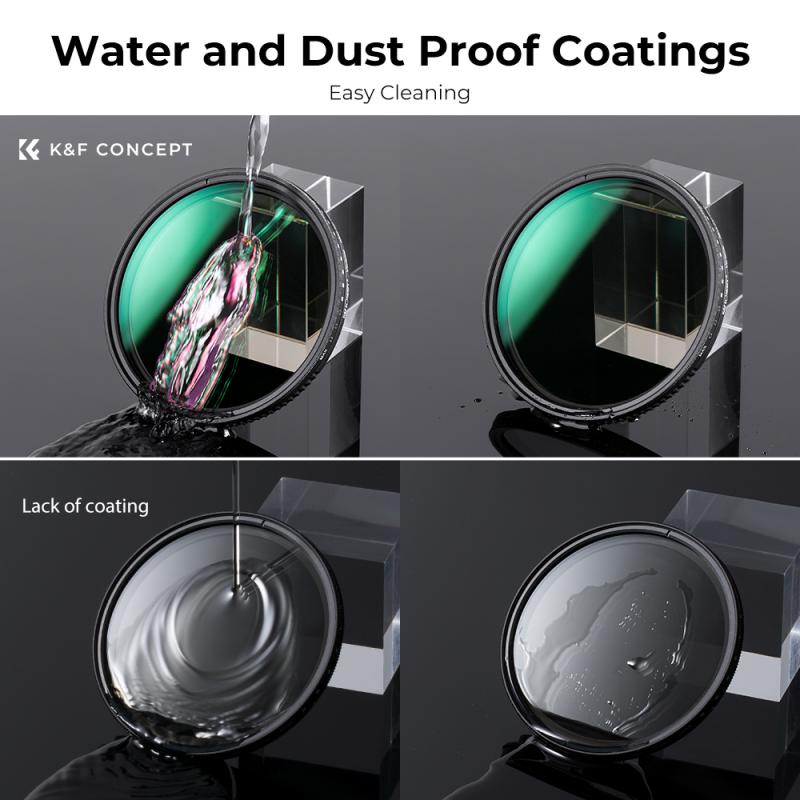
4、 Techniques for Using ND Filters in Photography
ND filters, or Neutral Density filters, are essential tools for photographers looking to control the amount of light entering their camera lens. These filters are particularly useful in situations where there is too much light, such as when shooting in bright sunlight or capturing long exposures.
One of the primary uses of ND filters is to achieve longer exposure times. By reducing the amount of light entering the lens, ND filters allow photographers to use slower shutter speeds, resulting in motion blur effects. This is particularly useful when photographing flowing water, creating a smooth and ethereal look. Additionally, ND filters can be used to capture light trails from moving vehicles or to remove people from crowded scenes by blurring their movement.
Another common application of ND filters is in landscape photography. By using a strong ND filter, photographers can achieve a larger depth of field, allowing both the foreground and background to be in sharp focus. This is especially useful when shooting landscapes with a wide-angle lens, as it helps to capture the entire scene with maximum detail.
ND filters can also be used to control the exposure in situations where the dynamic range of the scene is too wide for the camera to handle. By using an ND filter to darken the bright areas of the image, photographers can achieve a more balanced exposure, preventing overexposure in the highlights.
When using ND filters, it is important to choose the appropriate strength for the desired effect. ND filters come in various densities, ranging from 1-stop to 10-stop filters, with the latter being the strongest. Additionally, it is crucial to use a high-quality filter to avoid any loss of image quality or unwanted color casts.
In conclusion, ND filters are versatile tools that allow photographers to control the amount of light entering their camera lens. They are particularly useful for achieving longer exposures, capturing motion blur, increasing depth of field, and balancing exposure in high dynamic range scenes. By understanding when and how to use ND filters effectively, photographers can enhance their creativity and capture stunning images.
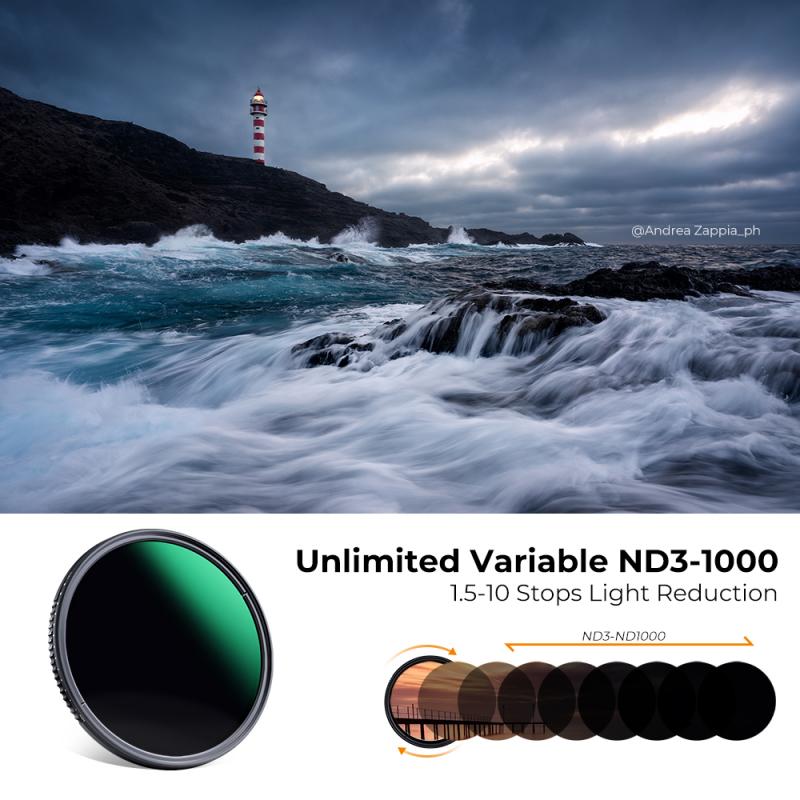


















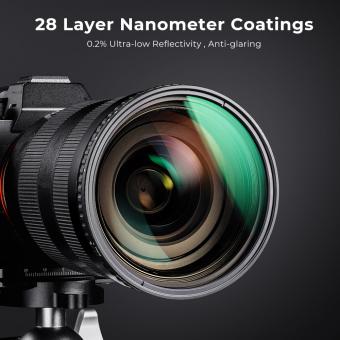




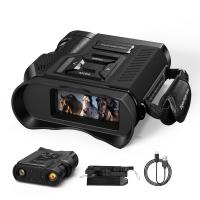
-200x200.jpg)
